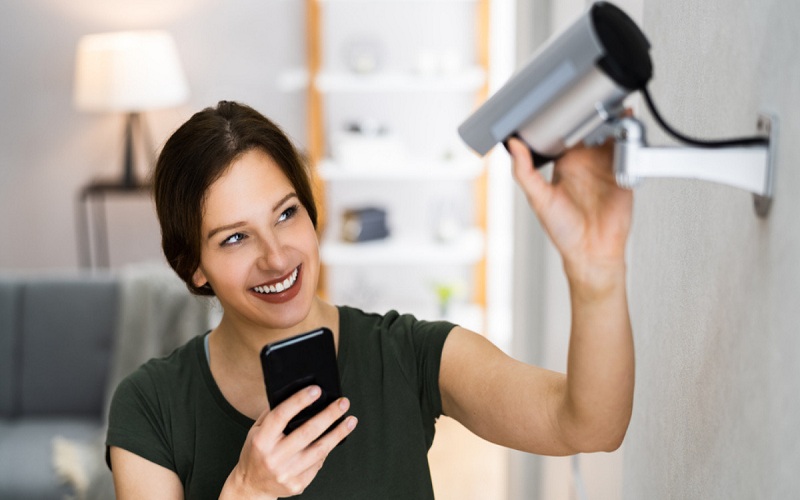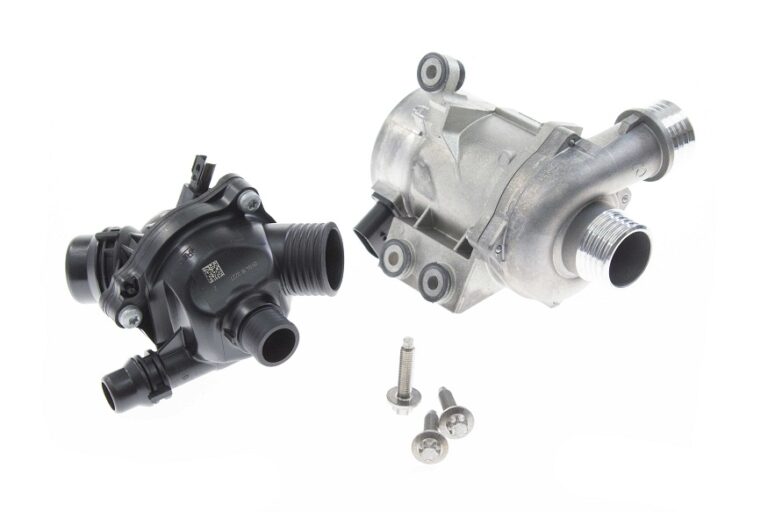
Home security systems have evolved greatly over time. Traditional house alarm systems were designed mainly to detect intrusions through doors and windows. Modern alarm systems, on the other hand, can now be combined with closed-circuit television (CCTV) cameras to provide more comprehensive security monitoring. Let us look at the primary advantages of integrating home alarm systems with CCTV.
Enhanced Intrusion Detection
One of the key benefits of integrating alarm systems and CCTV is better intrusion detection. Traditional alarm panels detect unauthorized door and window openings. They can’t see what’s going on inside or outside the house. Integrating CCTV cameras enables security systems to visually monitor access points and other locations. Motion-activated cameras can identify intruders even if they do not engage a contact sensor. This adds an extra degree of security and helps to avoid false alerts from pets or weather disasters. CCTV also enables remote visual verification of alarm events via smartphone apps, giving you peace of mind while away from home.
Improved response times.
When an alarm is triggered, integrated CCTV systems allow security operators or emergency responders to immediately view what is going on. They can visually appraise the situation and respond accordingly. This reduces unnecessary police deployments while increasing response efficiency over traditional alarm systems. Live video also enables operators to direct inhabitants to safety or provide real-time situational updates to emergency personnel on the way to the premises. Faster response times allow an intruder less time to cause harm or take items, which improves security outcomes.
Adding CCTV to an alarm system allows for 24/7 surveillance beyond entry points. Cameras provide 24-hour surveillance of susceptible places such as garages, sheds, fences, and other outbuildings. They provide security even when the primary alarm system is disabled. Motion-activated recording further discourages illegal activities on the property. If intruders are aware that their actions will most likely be videotaped, they will be less aggressive in their attempts to break in unobserved. The ability to continuously monitor entire properties with CCTV increases overall security levels when compared to standalone alarm systems.
Remote Access and Control
Modern integrated systems provide remote access to live and recorded CCTV footage via smartphone apps. This enables consumers to monitor their homes from anywhere using an internet-connected gadget. Remote access also allows for control of other smart devices such as door locks, thermostats, and lighting. Users receive peace of mind knowing they can check in on their homes or respond to situations while away. Remote functionalities also allow for 24-hour third-party monitoring by security professionals. Integrators can check video feeds, confirm alarm events, and deploy assistance on the user’s behalf as needed.
Video Evidence for Insurance and Authorities
When security events occur, integrated CCTV gives incontrovertible video evidence that can be used for insurance claims and police investigations. Clear video footage of intruders, vandalism, or other crimes committed on the property aids insurance reimbursement and assists authorities in apprehending perpetrators. This proof is significantly more significant than an alarm panel report. It can help clear homeowners from bogus claims. Integrated systems thus provide financial and legal protection, as well as better security monitoring capabilities.
Improved User Experience
Modern integrated solutions provide a unified security experience using a single app or web-based interface. Users may arm and disarm zones, view live videos, review event videos, and receive notifications all from one simple interface. Operators benefit from more efficient professional monitoring. The same back-end system provides access to both integrated control panels and camera views. This results in a more coherent experience than individual alarm and CCTV setups. Simplified usability fosters more frequent system use and engagement with security features, resulting in improved home safety.
Customization and Scalability.
Integrated solutions provide customized security configurations. Users can select which cameras will monitor specific zones. They can also add more cameras and expand coverage over time. This enables tailored security that adapts to changing property needs. Extra cameras can be added for new additions such as garages, barns, or pools without requiring separate systems. Integrated systems also handle a wide range of camera types, including basic-definition and high-definition ones. Users obtain investment protection by knowing that their system is adaptable to new technologies.
Reduced costs
While the initial expenses may be greater, integrated solutions result in long-term savings over separate alarm panels and CCTV installation. Single-vendor solutions offer bundled prices, discounts, and technical support. Integrated monitoring programs are also less expensive than subscriptions to several services. Lower monthly or annual expenses are incurred. Future technology improvements are also less expensive when leveraging an existing integrated infrastructure. Overall security improves while the entire cost of ownership decreases.
Improved detection of suspicious activity
Integrated CCTV improves an alarm system’s ability to detect and record suspicious activities that may not cause an intrusion alarm. Motion-activated cameras can capture anyone prowling around the property or attempting to open vehicle doors. They can detect deliveries or service workers entering portions of the property without permission while the occupants are gone. Video evidence of such conduct aids authorities in identifying patterns of criminal behavior that may lead to burglaries or other crimes. It also warns would-be criminals that their acts may be recorded.
Protection for outbuildings and perimeters
Beyond the main house, integrated CCTV offers important protection for unattached garages, sheds, pools, fences, and other structures. It monitors these sensitive regions even when the main alarm is turned off. Intruders can be caught on video before they get access to the residence. It also documents vandalism, theft, and damage to outbuildings and property boundaries for insurance purposes. Motion sensors and perimeter cameras combine with alarm contact sensors to provide layered protection for the entire property.
Simplified Installation
Many integrated systems enable simple self-installation with basic technical abilities. Pre-wired kits simplify complex wiring runs. Wireless options eliminate all wiring. Users can set up and configure their high-definition cameras using simple software. Professionals are available to give remote help as needed. When compared to full professional installations, this do-it-yourself strategy saves money on equipment and labor upfront. Homeowners derive satisfaction from finishing their system setup.
Conclusion
To summarize, integrating home alarm systems with cctv camera services provides various benefits over independent alternatives. Enhanced detection capabilities, remote access features, 24-hour monitoring options, and scalability provide unparalleled security protection for homes and families. Integrated video footage is also useful in insurance claims and police investigations. With easier usability, customization capabilities, and lower long-term expenses, integrated systems provide a complete and cost-effective approach to residential security that is worth considering.






